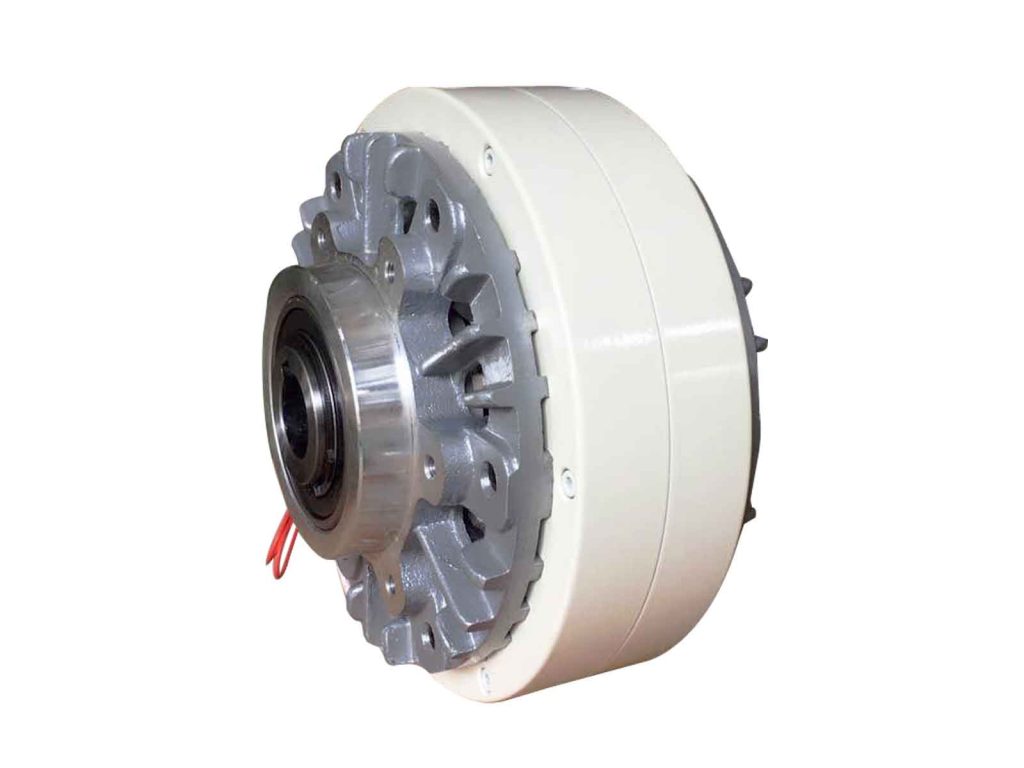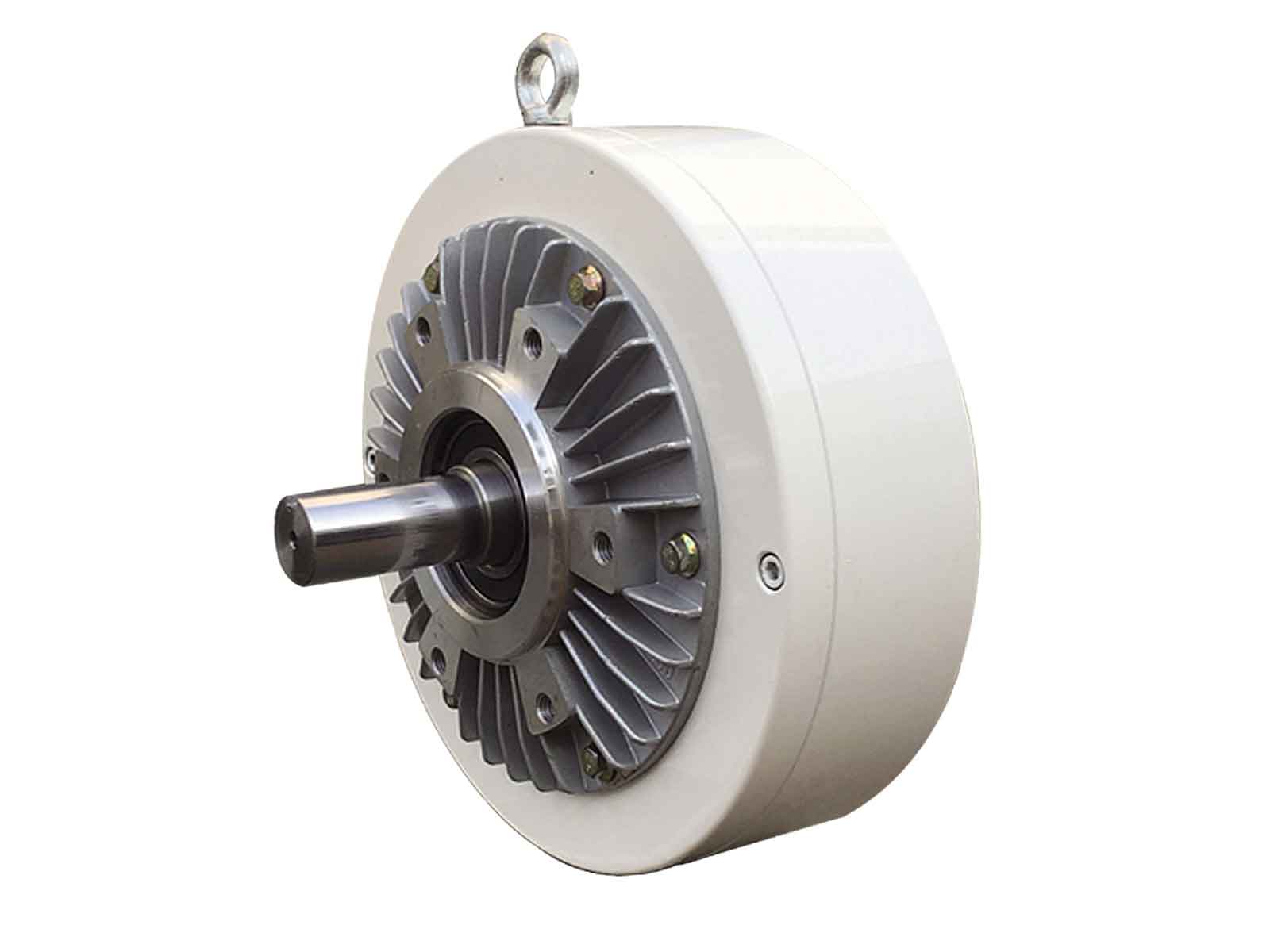Magnetic particle clutches are invaluable devices in various industrial applications, offering precise torque control and ensuring smooth, efficient operations.
A magnetic particle clutch is a mechanical component used to transmit torque between two rotating shafts. It operates on the principle of magnetorheology, where the torque transmission capability can be controlled by varying the strength of the magnetic field applied to the clutch.
How Magnetic Particle Clutches Work
Working Principle
- When a magnetic field is applied to the clutch, the magnetic particles align, increasing the viscosity of the magnetic powder.
- This increased viscosity results in the transmission of torque from the input shaft (rotor) to the output shaft.
Basic Components
- Stator: The stationary part of the clutch.
- Rotor: The rotating part connected to the input shaft.
- Magnetic Powder: Fills the gap between the stator and rotor.
Torque Control
- Adjusting the strength of the magnetic field controls the amount of torque transmitted.
- Higher magnetic field strength leads to greater torque transmission, and vice versa.
Top 3 Advantages of Magnetic Particle Clutches
- Precise Torque Control : Magnetic particle clutches provide accurate and repeatable torque control, making them ideal for applications that require precision.
- Smooth Operation : They ensure smooth engagement and disengagement, minimizing shock and wear on connected equipment.
- Maintenance-Friendly : These clutches have a longer lifespan and require minimal maintenance compared to other types of clutches.

Considerations During Operation and Use of magnetic particle clutches
- Shaft Alignment : Ensure precise alignment of input and output shafts to prevent unnecessary stress on the clutch components.
- Cooling Systems : Implement effective cooling mechanisms to prevent overheating, which can degrade the performance of magnetic particle clutches.
- Inspections : Regularly inspect the clutch for wear and tear, ensuring that all components are in good condition.
- Lubrication : Follow manufacturer recommendations for lubricating the clutch to maintain its efficiency.
- Calibration Tests : Periodically test and recalibrate the clutch to ensure it operates at the desired torque levels.
- Use of Overload Protection Devices : Implement overload protection mechanisms to prevent damage to the clutch when subjected to excessive torque.
Common Applications of Magnetic particle clutches
- Web Tension Control of Printing Industry : Magnetic particle clutches are used to maintain proper tension in printing press systems, ensuring high-quality prints.
- Film and Foil Handling of Packaging Machinery : They enable precise control in packaging machines, preventing material waste.
- Spindle Control of Textile Manufacturing :Magnetic particle clutches ensure consistent spindle speed, enhancing textile production quality.
Conclusion
Magnetic particle clutches are versatile components that contribute to the efficiency and precision of various industrial processes. By understanding their operation and following best practices, you can harness their benefits while prolonging their lifespan, making them a valuable addition to your machinery. Remember that proper alignment, temperature management, routine maintenance, torque calibration, and overload protection are key factors in ensuring the successful operation of magnetic particle clutches.
